The History of Movie Ratings
Are these movie ratings still effective?
October 19, 2022
There is a long, 54 year history behind the movie rating system that we are all familiar with.
The system was introduced by MPPA, an organization made up of parents. In order to be parental guides, this organization gives movies ratings that describe the explicit content in the film.
They created a ranking system consisting of five ratings: G, PG, PG-13, R, and N-17.
For the lowest rating, rated G, all ages are admitted. It is for general audiences; there is no nudity or explicit content.
You don’t see this as much anymore, as it is not as popular as the other familiar ratings. However you might have seen it in the movies that you spent your childhood watching, like Pixar movies.
Next we have the PG rating. Meaning, parental guidance is suggested; some material in the film might not be appropriate for children.
PG replaced rated M in 1969. The M rating meant for mature audiences.
It is one of the most popular ratings, and you can find it in films like Home Alone, Hocus Pokus, and The Goonies.
Speaking of The Goonies, Spielburg, the producer of the film and many other blockbusters (E.T, Indiana Jones and the Temple of Doom, and Gremlins), was practically the creator of the next rating.
In a PG-13 film, the rating is devoted to the middle ground between rated PG and R introduced on July 1st, 1984. It means parents should be strongly cautioned because the material might be inappropriate for children.
The first movie with this rating was Red Dawn starring Patrick Swazye, a movie about a group of kids, at the dawn of World War 3, that single handedly fight the enemy.
Temple of Doom and Jaws were the iconic movies that introduced the idea of the rating to the organization.
Parents were appalled by the content in these movies being shown to children. They thought that for the violence in these films, PG was not enough.
If you have not watched Temple of Doom, the scene that parents are referring to is one where a character pulls a heart out of another character’s body.
With Jaws, an even more classic film, there is a lot of gore and violence with the shark attacks that take place.
As you can probably understand, parents that took their children to see these movies were not expecting this level of violence.
Keep in mind any sight of blood in a scene counts as “intense violence”, so even though it might not be severely violent, the MPPA marks it with a higher rating than probably needed.
Directors have seemingly hacked the system to figure out how to stay at the lower rating. They have found that PG-13 movies are only allowed to use one explicit word (you know, the one that starts with an F).
As long as the violence in the movie does not show any signs of blood or “consequences to violence”, the MPPA says it is okay for children.
This is supposedly how the Batman movies like The Dark Knight, which contain heavy amounts of violence and no blood, got past the MPPA.
Unfortunately these types of movies are causing a lot of trouble for the organization.
Parents are getting angry with what their children are seeing, as they trusted the rating system to warn them of more intense violence.
Only 80% of parents agree with the accuracy of the ratings.
The next rating is R, standing for restricted. Children under 17 are required to have an adult present to watch these movies. It hints to the fact that the film might contain adult material, like harsh language, adult activity, violence, drug use, abuse, or nudity.
These movies are allowed unlimited swears and a certain lengh of sexual action. Once these scenes go past a certain amount of time however, they are bumped up a rating.
The first R rated movie was Greetings, which was released in 1968. This was a movie that followed the story of three men trying to stay out of the draft for the Vietnam War. When it was released the Vietnam War was at its peak, and it caused a lot of controversy.
The final and highest rating is NC-17. No one under 17 is allowed into this movie. The films with these ratings are too adult for children.
This rating is known as “the kiss of death” in Hollywood. Once your movie gets this rating it is almost certain that it will not be a very popular film and won’t make a lot of money.
This is due to the fact that many movie theaters do not book NC-17 movies, DVDs won’t be stocked in order to sell them in stores, and advertising will often be refused.
The higher the rating the less tickets are sold.
NC-17 has the impression that the movies with these ratings are pornographic. However this is not true. That would be a different rating, X.
With this impression it is very hard for these films to make any money at all, so most directors will make cuts to scenes in the film in order to get the rating to R. This is why the rating is so rare.
The first movie with this rating was Showgirls, a movie about a stripper in Vegas.
So how do you get this rating? Surprisingly it is not just due to the explicit content it holds, but more the length of time that content is on the screen.
For example, a movie that has a short sexual scene could be counted as R or even PG-13, but if it goes on for too long it is NC-17.
This is where their ratings don’t make much sense, because yes it might be a short scene, but the younger audiences that were expecting a young adult movie have now been introduced to heavy adult content. If you put yourself in parent’s shoes for a second you can see why this would be very concerning for them.
These ratings could also have the opposite effect and give a film a rating that is much higher than needed.
For example the new movie Blonde, a movie following the life of the famous Marilyn Monroe, has been given the NC-17 rating.
This shocked many people, as the actors who have worked very closely with the script stated that they have seen much worse scenes in R rated movies than what is in their film.
The director of this movie have decided to keep the dreaded rating, because he felt all the scenes are necessary to tell the true story of her complicated life.
So even though these ratings are well known and respected, parents are starting to distrust the judgment of the ratings board.
However this isn’t the only problem that people have been having with the MPPA’s system lately. What happens to the enforcement of these ratings as most of the watching of these films is done through streaming services now? Any child with these streaming services on their phone could simply hide the fact that they are watching films with ratings that aren’t appropriate for their age.
Teenagers may know what they are doing and purposely click on an inappropriate movie, but some younger kids left unsupervised with these streaming services may choose a film that they didn’t understand isn’t for children their age.
Clearly this has been and will become a serious problem for parents. However some services have attempted to fix this problem by providing a kids account that will block any movies with ratings PG-13 and up.
Some have even introduced parental controls that allow the parents to choose what is restricted on their child’s accounts.
These accounts include: Netflix, Disney+, Roku, Apple TV, Amazon Fire TV, Amazon Prime, Hulu, YouTube, and Twitch.
The streaming service with what’s said to be the best parental control system is Netflix. They allow you to create an account for your child that, like stated before, blocks any mature rated content. Included in these parental controls is the option to create a password in order to change the controls, so that your child can’t alter them.
These parental controls have been a huge help for parents to continue enforcing the ratings, so I would say that yes this system is still effective in many ways.
That doesn’t mean that this solution has completely eliminated the problem, and that children aren’t still bypassing these controls, but it is a very big step in the right direction.




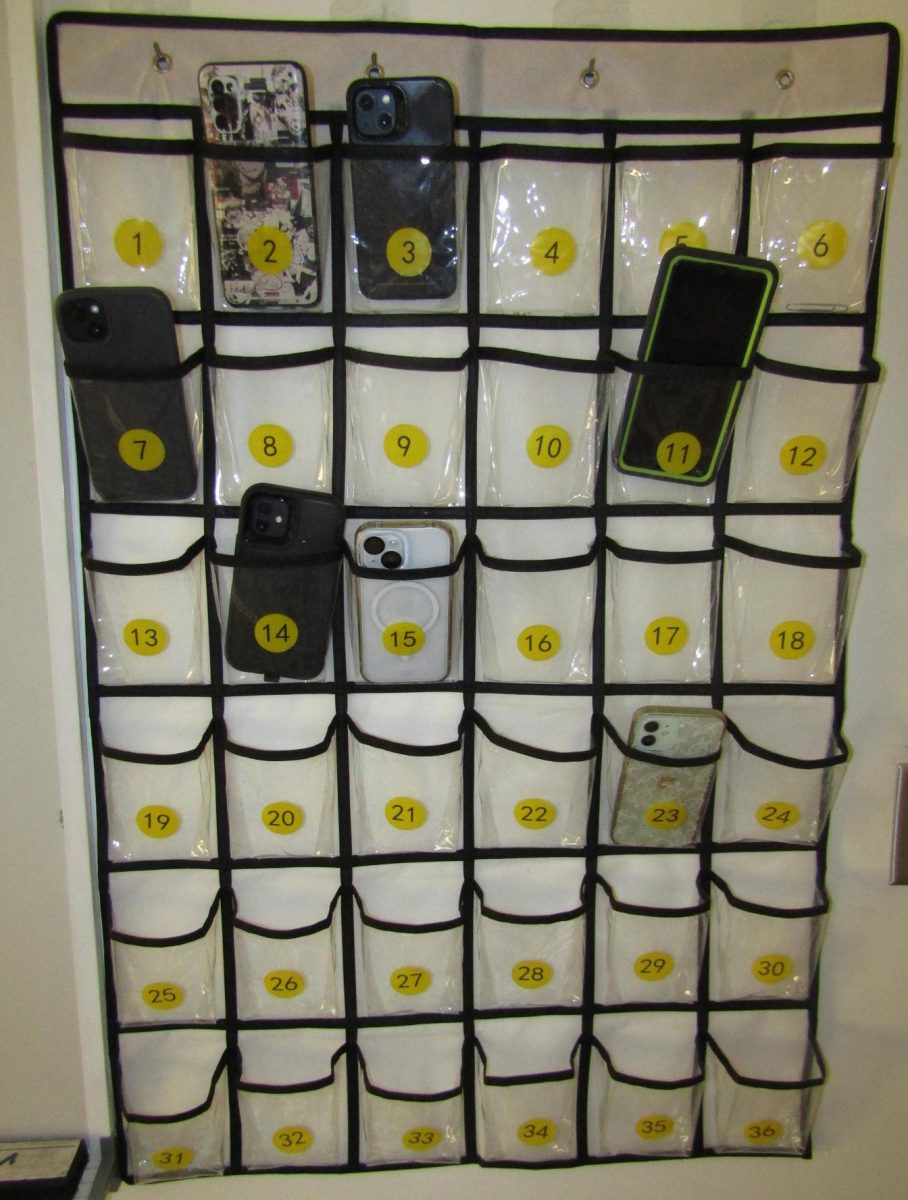
















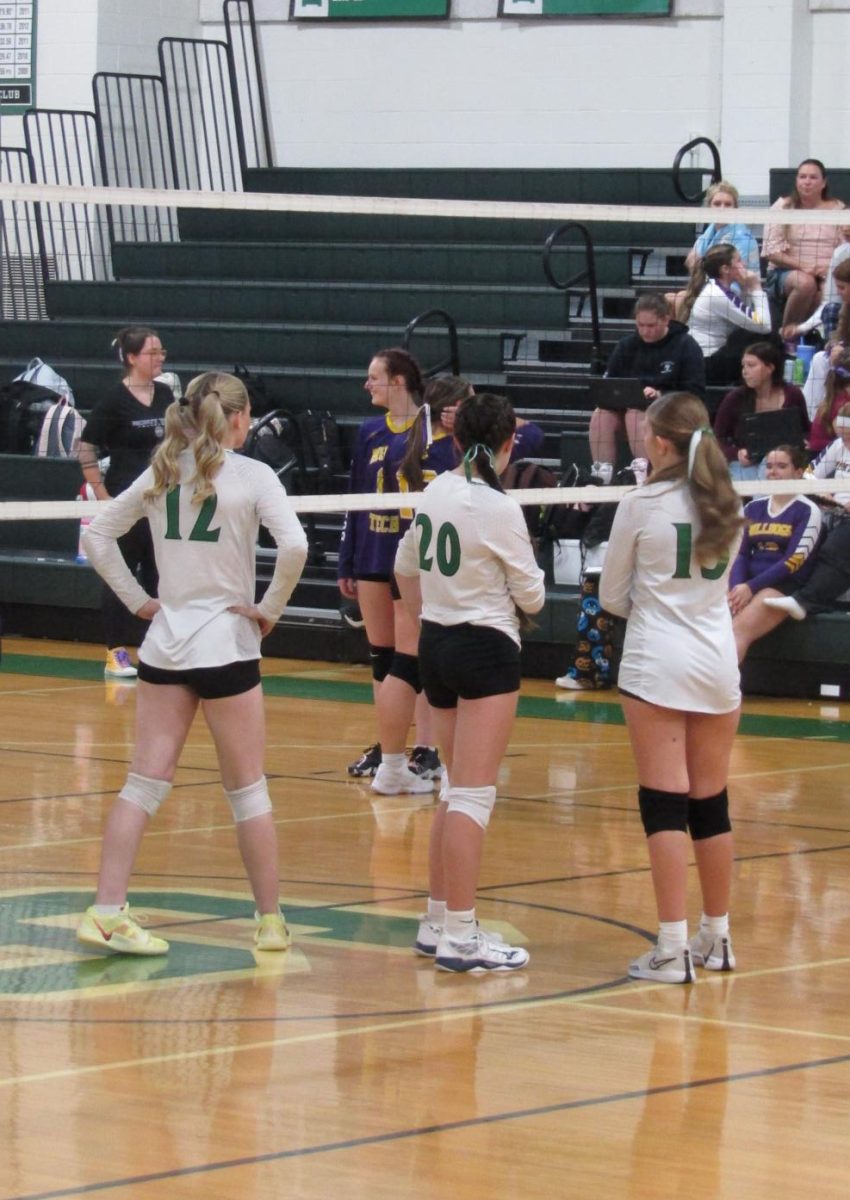
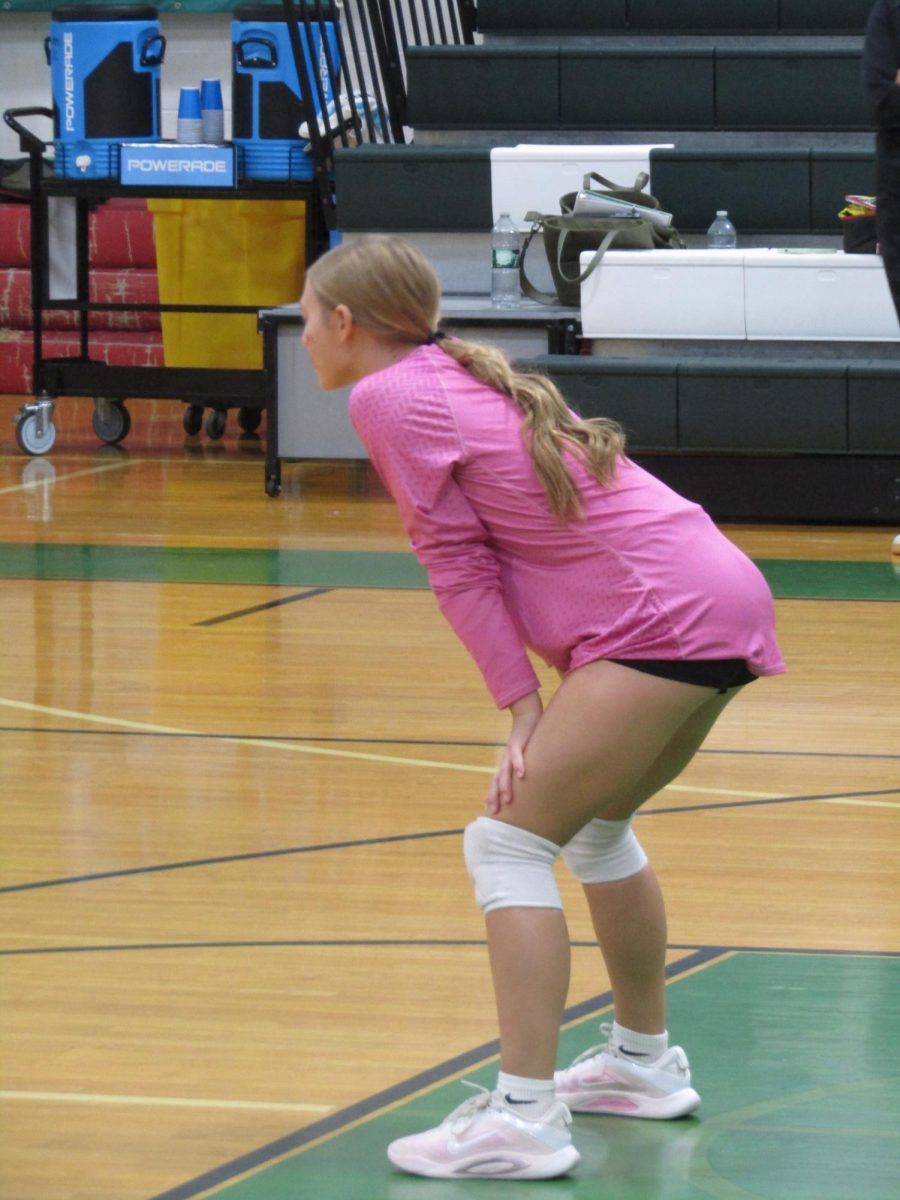
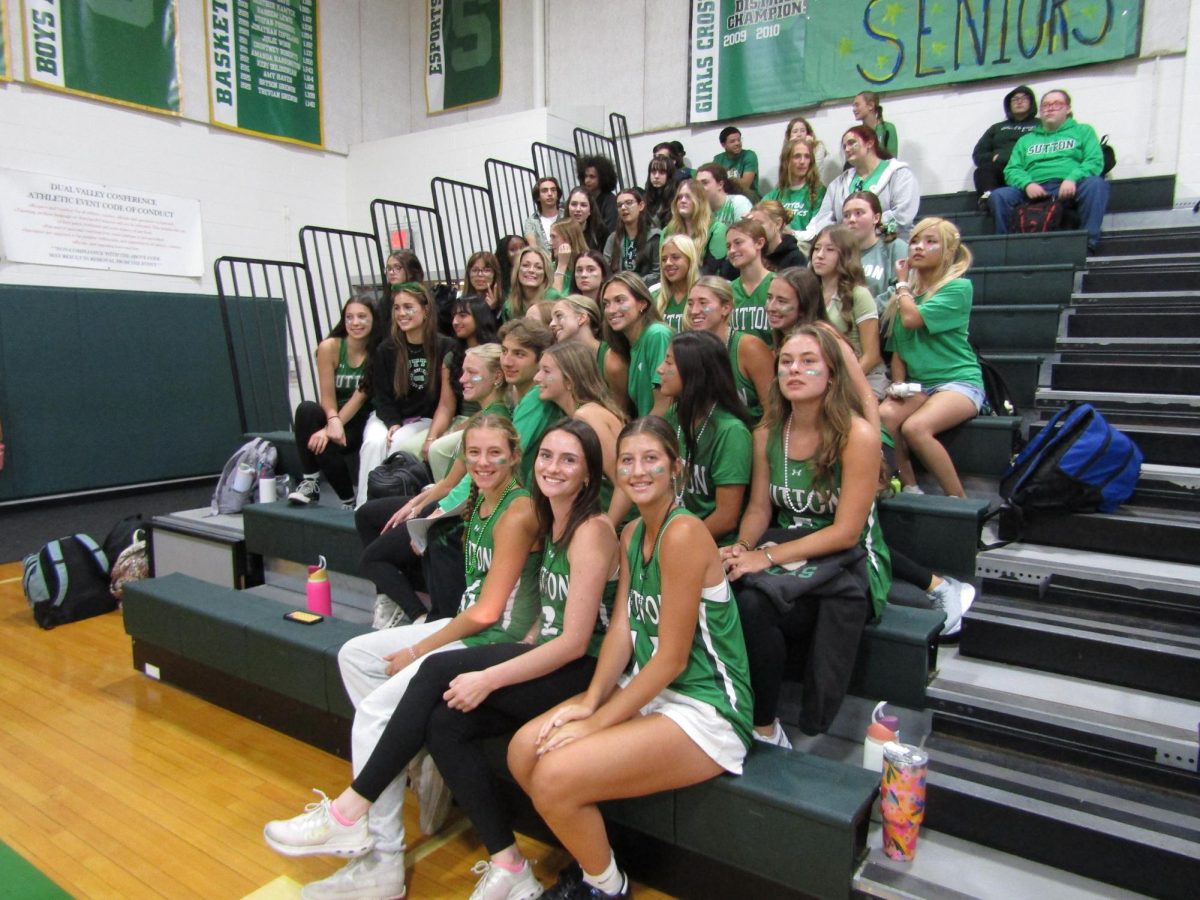
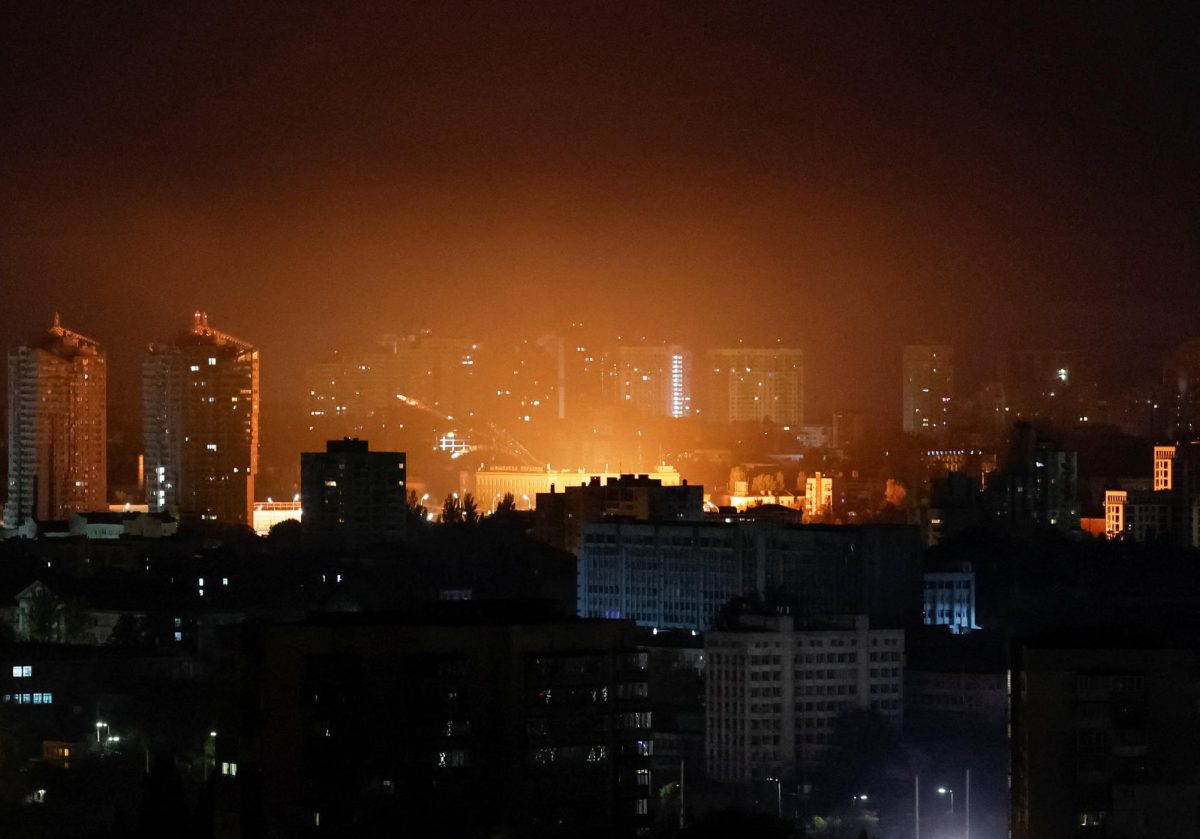








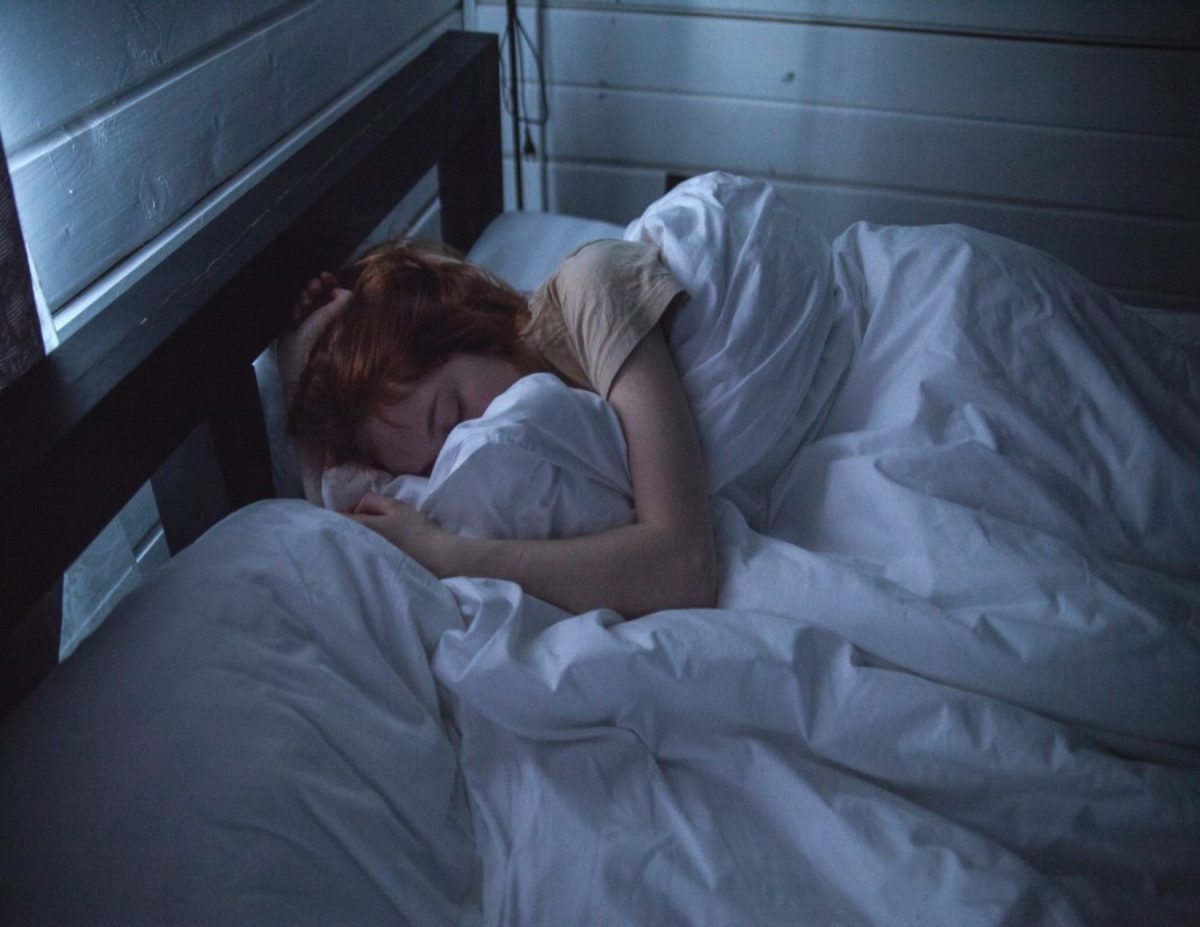



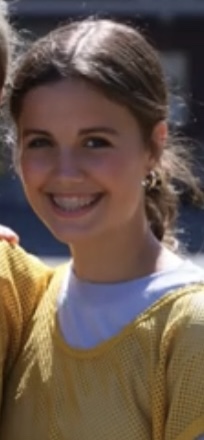
Jennifer Tangen • Oct 21, 2022 at 12:11 pm
Hola Jocelyn, I am not a huge movie fanatic myself, but I appreciated learning about the rating system because I didn’t know much about it before. Thanks for sharing lots of new info 🙂 -Ms. T
Jocelyn Klinghard • Nov 16, 2022 at 7:49 am
Gracias!
Mrs. Zajac • Oct 21, 2022 at 9:52 am
Excellent information! I will share this with fellow parents. Thank you 🙂
Jocelyn Klinghard • Nov 16, 2022 at 7:47 am
Thank you, Mrs. Zajac!